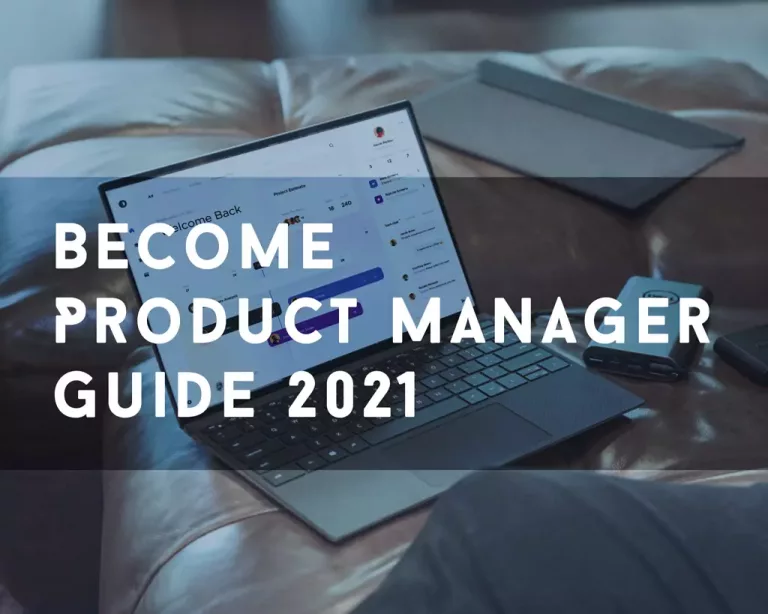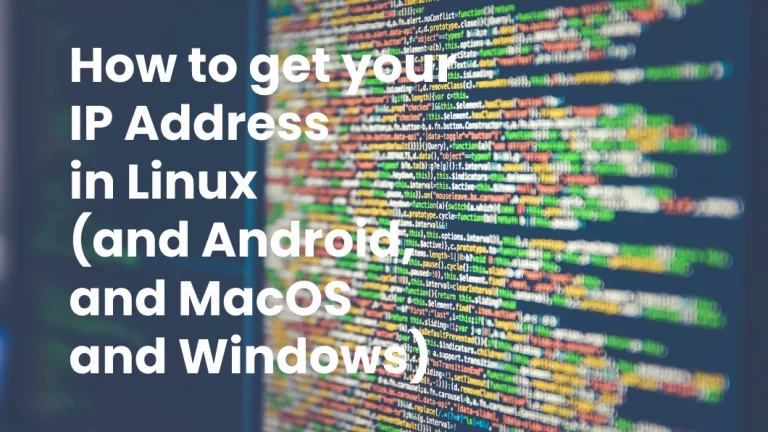Install Linux on Lenovo Miix (Guide 2022)
Learn in this Article how you install Linux easily on a Lenovo MIIX Tablet 2-1 Computer Laptop.

Do you have a Lenovo Miix 300, 310, 320, or 700 at home, and you feel like it’s moving in slow-motion when running on Windows 10? And you thought, how to Install Linux on Lenovo Miix?
You are not alone. The Lenovo has quite enough RAM to easily handle Windows 10, but unfortunately not enough power under the hood, as a result it might be not fun using it a lot.
I learned this by myself as I bought a Miix at discount, thought I could get a cheap travel and writing device with long battery life.
It came pre-installed with a Windows 10 home edition. It has a detachable keyboard so you can use it as a small notebook or a tablet. But be aware, the USB ports are on the keyboard!
I was never a Linux nerd, but I always enjoyed installing it on machines to see how much performance I can get out of old hardware.
Should you install Ubuntu or PopOS, or something totally different?
You came here because you want your Lenovo Miix running fast and with good performance.
Probably you already found some articles on the net that recommend you to install Ubuntu or some derivate of it like PopOS!
No doubt, PopOS! is one of the best distros out there and I use it for some of my devices. It’s well known that it comes with a bunch of drivers and has fewer compatibility issues than other Linux distros.
The thing with PopOS! is that it needs some more firepower to run smoothly. It’s made for productivity and gaming, and not for breathing life back into a dying species.
So it is – unfortunately – not the right choice for the Lenovo Miix.
If you followed the installation manual on PopOS! from another blog, you probably figured out already that the experience is still some kind of laggy, not performant, and not satisfying.
Problems with Installing Linux on Lenovo Miix
I tried 10 different distros on the Lenovo, dealing with the problems that you can read about in many forums by desperate people who don’t want to give up on their Miix 300, 310, 320, or 700.
Known issues were:
- Display orientation always wrong
- Sound problems that need to be fixed manually
- Complete freezes ( which I could fix by extending the swap file)
- Webcam did not work
- Bluetooth issues
I’m pretty sure there is more, but those were the main issues I ran into.
Linux Distros I tried on the Lenovo Miix:
and also a version of Android, which actually ran, but it was a little outdated so it was kind of useless for me.
I was almost giving up, remembering I had once an old Asus netbook with Peppermint OS installed on it, and it ran pretty fast. So I gave it a shot.
PeppermintOS it is!

I was pretty happy when I booted the machine.
Not about that the screen was initially again wrong rotated, that was not a big issue. the main thing was – it is fast – it is performant – it looks clean.
I disabled all visual effects and gave it some tweaks, so it pretty much looked nice and ran like a real computer – even more likely than I expected.
How can YOU have it on your Lenovo Miix too?
Well easy, I will show you.
What you need is:
- A PC or Laptop with Window10, MacOS, or any Linux Distro
- a USB Stick 10gb+
- Charger
- Internet connection
- about 45 minutes of your time
How to install Linux on Lenovo Miix, Step-by-Step:
- Prepare a USB Installation Stick
- Download the Peppermint OS iso (while I’m writing this article that is Version 10 respin 64-bit)
- Windows
- Download Rufus for the creation of the USB Stick
- Open Rufus create a usb stick with the Peppermint image
- Press start and it will create you the USB Stick ready for action.
- MacOS
- Download UNetbootin
- Open Unetbootin to create the USB stick
- Linux
- Unetbootin is also available for Linux
- Open Unetbootin to create the USB stick
- Boot into the USB Stick, for this – click the Power button, until the light flashes up. then hold the Volume+ button until you see the Lenovo logo. That will bring you into the Bios Menu. Choose the Boot medium and select your stick.
- PeppermintOS will now boot into “live mode”. Once you see the desktop, there is a shortcut, to start the installation process.
- Follow the instructions in the installer. Depending on what kind of installation you use (minimal/full – online/offline) the time to install can variate between 15 and 30 minutes
- Almost DONE! Reboot your device – don’t forget to remove the USB stick.
- Log in with your credentials. Done!
Nice! you have now a small but nice working Linux machine.
You can use it just like that, or you will stay for some minutes, and I will show you some tweaks and configurations.
Do you have a old MacBook? Check out our Guide on how to install Linux on a Macbook
BONUS: Tweaks, updates, and configuration:
Let’s start with rotating the display.
Now as we learned how to Install Linux on Lenovo Miix
- Open a terminal (Press Ctrl + Alt + t together, and a terminal will open up).
- type or paste the following “xrandr -o right“
Note: the display always be sideways before logging in
Next, update the machine.
If you have used a Debian (Ubuntu) system before, or tried to install Linux on Lenovo Miix, you’ll already know how to do this.
- Connect to the internet
- Open the terminal and type the following:
- sudo apt-get update
- enter your password (for getting sudo rights)
- after it finished updating the repositories type the following
- sudo apt-get upgrade -Y
It can take some time now, depending on your internet connection, and as we figured out, the Lenovo Miix is not the fastest machine on the planet. So grab a coffee, watch an episode of your favorite series, and come back to the 2-1 Linux machine.
Now you have an up-to-date PeppermintOS.
Let’s start tweaking!
Battery life and power management
You will run into the issue that the battery life will not be the best. So for this reason we will install a tool that helps us managing battery life a little bit better.
Its called TLP and to install it, type the following in a terminal:
sudo add-apt-repository ppa:linrunner/tlp
sudo apt-get update
sudo apt-get install tlp tlp-rdw smartmontools ethtool
If you need detailed guidance on this tool, you will find it here
Enable the firewall
Open the firewall window from the main menu

Use the Advert blocker
- Open the Advert blocker from the start menu.
- You will be prompted to type in your password.
- When it asks you which service you want to use, activate all of the checkboxes.
- Enjoy ad-free surfing.

Install additional software.
To get the best out of your PeppermintOS experience, I recommend you install some additional software.
Replace Firefox with Chromium.

sudo apt-get install chromium-browser
You will also be able to playback Netflix in Chromium, which can be a big issue with firefox,
Make your life easier with Bitwarden.

If you are a fan of secure passwords, then you should definitely try Bitwarden. It’s a password manager that works cross-device and is available for several operating and mobile operating systems.
VPN Client
Herefore I recommend two free VPN Clients.
- FreeVPN by Protonmail.
- Can be intimidating to use for beginners, but the instructions to connect via terminal are pretty much straightforward and easy to follow. Get it here https://protonvpn.com/
- RiseUP VPN
- RiseUP offers you a free VPN. I discovered this when installing CalyxOS on my GooglePixel, as it is pre-installed and totally easy to use. The same easy-ness goes for the Linux version. Grab it here https://riseup.net/en/vpn
Office Suite
If you don’t like to store your documents online on services like Google Docs or Microsoft Office online (which is by the way included in PeppermintOS as a shortcut. Delete it if you like to)
Offline option here would be LibreOffice
$ sudo apt install libreoffice
But keep in mind. This machine is slow, and a office application in the browser would be maybe more responsive and resource savy.
Thats it for now, if i discover some must-have apps during my usage with the Lenovo Miix, i will edit the post. So make sure to check back here from time to time.
If this was helpful for you, leave a comment, im very happy to hear your experiences with the Lenovo Miix running Linux.
If you run in any issues or cases that are not listed here, feel free also to put them in the comment section and i will include that in the article.







